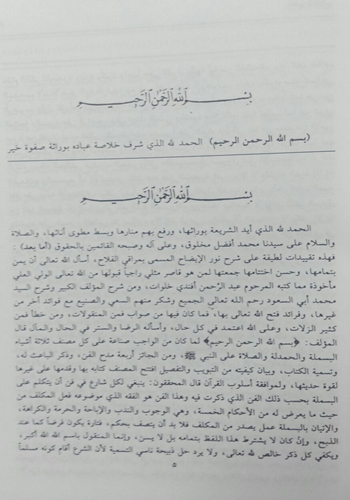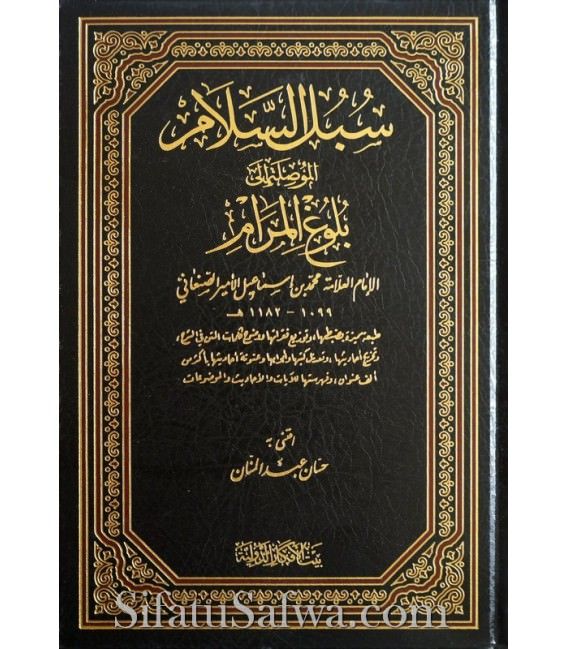


The maf ul bihi ends in the mansub (accusative) case.Īl-Nahw al-wadih (The Clear Arabic Grammar), Primary Level, Part One, of 11 5 LESSON 7: THE MUBTADA AND KHABAR (SUBJECT AND PREDICATE OF A SENTENCE) 1. The fa il ends in the marfu (nominative) case. The maf ul bihi is the one to whom/which the action is done. The fa il is the one who/which does the action (fi l). The fa il and maf ul bihi are both nouns (ism). LESSON 6: COMPARISON OF THE FA IL AND MAF UL BIHI 1. RULE 8: The maf ul bihi (object of a verb) is an ism mansub (noun in the accusative case) to which the action of the fa il (subject of the verb) applies.

LESSON 5: THE MAF UL BIHI (OBJECT OF A VERB) 1. RULE 7: The fa il (subject of a verb) is an ism marfu (noun in the nominative case) preceded by a fi l (verb), and signifies whoever did the action. as Kirpal Singh Production Development After the release of (2009), director Om Prakash Mehra started developing two projects: a historical love story, and a biopic of Milkha Singh.as Hawaldar (Constable) Gurudev Singh, Milkha's coach during his days in the Indian Army.as Biro, Milkha's fleeting love interest.Jawaharlal Nehru declares a day in the name of Milkha as national holiday as desired by Milkha himself. Al-Nahw al-wadih (The Clear Arabic Grammar), Primary Level, Part One, of 11 4 LESSON 4: THE FA IL (SUBJECT OF A VERB) 1. RULE 6: The fi l amr (imperative tense) is every verb by which the occurrence of something in the future is requested (or commanded). It must begin with one of the letters of the mudari: hamzah, nun, ya or ta.ģ.3 THE FI L AMR (IMPERATIVE TENSE) 1. 3.2 THE FI L MUDARI (PRESENT TENSE) RULE 5: The fi l mudari (present tense) is every verb that signifies the occurrence of an action in the present or future. RULE 4: The fi l madi (past tense) is every verb that signifies the occurrence of an action in the past. Al-Nahw al-wadih (The Clear Arabic Grammar), Primary Level, Part One, of 11 3 LESSON 3: CLASSIFICATION OF THE VERB WITH REGARD TO ITS TIME- PERIOD 3.1 THE FI L MADI (PAST TENSE) 1. B) The fi l is every word that signifies the occurrence of an action at a particular time.Ĭ) The harf is every word whose meaning is not completely clear without other (accompanying) words. Do you like travelling? LESSON 2: PARTS OF THE SENTENCE RULE 3: Words are of three types: ism (noun/adjective), fi l (verb) and harf (particle).Ī) The ism is every word by which a person, animal, plant, inanimate object or anything else is named. RULE 2: The complete sentence is composed of two or more words every word is counted as part of it (the sentence). RULE 1: The composition that gives a complete meaning is called a jumlah mufidah (complete sentence) it is also called kalam (speech). AL-NAHW AL-WADIH (THE CLEAR ARABIC GRAMMAR) by Ali al-jarim & Mustafa Amin Translation of the Examples and Grammatical Rules by Usama Hasan for the Arabic grammar course at Al-Tawhid College, London ( Al-Nahw al-wadih (The Clear Arabic Grammar), Primary Level, Part One, of 11 2 PRIMARY LEVEL PART ONE LESSON 1: AL-JUMLAH AL-MUFIDAH (THE COMPLETE SENTENCE) 1.
#AN NAHW AL WADIH IN ENGLISH PART 2 DOWNLOAD#
Al-Nahw al-Wadih - beginners (pdf) Nahwu Wadih Arabic And English.pdf Free Download Here AL-NAHW AL-WADIH - Get a Free Blog Here http Nahw Wadih English Translation.pdf DOWNLOAD HERE.ġ With the Name of Allah, Most Merciful, Ever Merciful. 206 pages - 1.4 MB Lesson 01 - Jumlah Mufeedah Al Nahu Al Wadih Vocabulary Group 1 Video Lesson 01 - Jumlah Mufeedah Al Nahu Al.


 0 kommentar(er)
0 kommentar(er)
